
Jefferson F. Davis was an American politician who served as the first and only president of the Confederate States from 1861 to 1865. He represented Mississippi in the United States Senate and the House of Representatives as a member of the Democratic Party before the American Civil War. He was the United States Secretary of War from 1853 to 1857.

The Beauvoir estate, built in Biloxi, Mississippi, along the Gulf of Mexico, was the post-war home (1876–1889) of the former President of the Confederate States of America Jefferson Davis. The National Park Service designated the house and plantation as a National Historic Landmark.

Varina Anne Banks Davis was the only First Lady of the Confederate States of America, and the longtime second wife of President Jefferson Davis. She moved to the presidential mansion in Richmond, Virginia, in mid-1861, and lived there for the remainder of the Civil War. Born and raised in the Southern United States and educated in Philadelphia, she had family on both sides of the conflict and unconventional views for a woman in her public role. She did not support the Confederacy's position on slavery, and was ambivalent about the war.

The Second White House of the Confederacy is a historic house located in the Court End neighborhood of Richmond, Virginia. Built in 1818, it served as the main executive residence of the sole President of the Confederate States of America, Jefferson Davis, from August 1861 until April 1865. It currently sits on the campus of Virginia Commonwealth University.

Mary Boykin Chesnut was an American writer noted for a book published as her Civil War diary, a "vivid picture of a society in the throes of its life-and-death struggle." She described the war from within her upper-class circles of Southern slaveowner society, but encompassed all classes in her book. She was married to James Chesnut Jr., a lawyer who served as a United States senator and officer in the Confederate States Army.
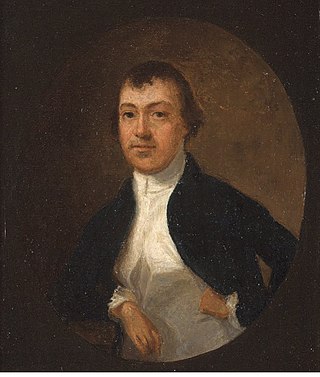
Thomas Mann Randolph Jr. was an American planter, soldier, and politician from Virginia. He served as a member of both houses of the Virginia General Assembly, a representative in the United States Congress, and as the 21st governor of Virginia, from 1819 to 1822. He married Martha Jefferson, the oldest daughter of Thomas Jefferson, the third President of the United States. They had eleven children who survived childhood. As an adult, Randolph developed alcoholism, and he and his wife separated for some time before his death.
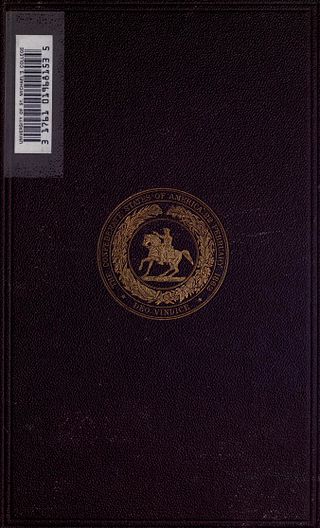
The Rise and Fall of the Confederate Government (1881) is a book written by Jefferson Davis, who served as President of the Confederate States of America during the American Civil War. Davis wrote the book as a straightforward history of the Confederate States of America and as an apologia for the causes that he believed led to and justified the American Civil War.

Sarah Anne Dorsey was an American novelist and historian from the prominent southern Percy family. She published several novels and a highly regarded biography of Henry Watkins Allen, governor of Louisiana during the years of the American Civil War. It is considered an important contribution to the literature of the Lost Cause of the Confederacy.

Virginia Clay-Clopton (1825–1915) was a political hostess and activist in Alabama and Washington, D.C. She was also known as Virginia Tunstall, Virginia Clay, and Mrs. Clement Claiborne Clay. She took on different responsibilities after the Civil War. As the wife of US Senator Clement Claiborne Clay from Alabama, she was part of a group of young southerners who boarded together in the capital in particular hotels. In the immediate postwar period, she worked to gain her husband's freedom from imprisonment at Fort Monroe, where Jefferson Davis, former president of the Confederacy, was also held.
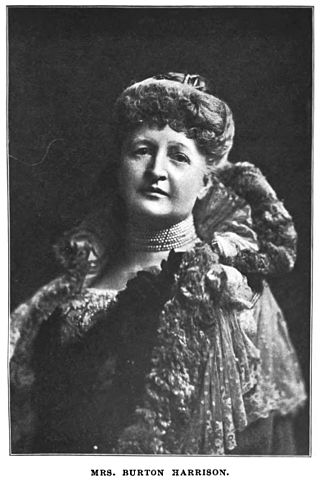
Constance Cary Harrison, also referred to as Mrs. Burton Harrison, was an American playwright and novelist. She and two of her cousins were known as the "Cary Invincibles"; the three sewed the first examples of the Confederate Battle Flag.
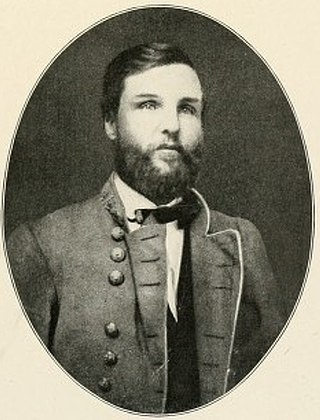
Lunsford Lindsay Lomax was the fourth president of Virginia Agricultural and Mechanical College and an officer in the United States Army who resigned his commission to join the Confederate Army at the outbreak of the American Civil War. He had maintained a close friendship with his West Point classmate Fitzhugh Lee, and served under him as a brigadier in the Overland Campaign. He was then given command of the Valley District, where he supervised intelligence-gathering operations by Mosby's Rangers.
Jim Limber was an American orphaned boy of mixed white and black descent who lived with the family of Confederate president Jefferson Davis from February 1864 until the family was captured by Union forces in May 1865.

George Julian Zolnay was a Romanian, Hungarian, and American sculptor called the "sculptor of the Confederacy".
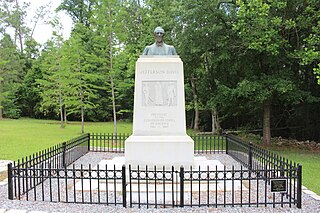
Jefferson Davis Memorial Historic Site is a 12.668-acre (5.127 ha) state historic site located in Irwin County, Georgia that marks the spot where Confederate States President Jefferson Davis was captured by United States Cavalry on Wednesday, May 10, 1865. The historic site features a granite monument with a bronze bust of Davis that is located at the place of capture. The memorial museum, built in 1939 by the Works Progress Administration, features Civil War era weapons, uniforms, artifacts and an exhibit about the president's 1865 flight from Richmond, Virginia to Irwin County, Georgia.

Joseph Emory Davis was an American lawyer who became one of the wealthiest planters in Mississippi in the antebellum era; he owned thousands of acres of land and was among the nine men in Mississippi who owned more than 300 slaves. He was the elder brother of Jefferson Davis and acted as his surrogate father for several years. The younger Davis became a politician, U.S. Senator, and later President of the Confederacy.
When Jefferson Davis died on December 6, 1889, his funeral was a major event in the United States, receiving front-page attention throughout the country. By the time of his death, Davis had become a transitional figure. He was the embodiment of the Old South, who lived long enough to be seen as emblematic of the New South. Davis's funeral and reburial is also symbolic of his problematic legacy as a leader of the Confederate States of America and its role in the perpetuation of slavery.

The following is a list of scholarly resources related to Jefferson Davis.
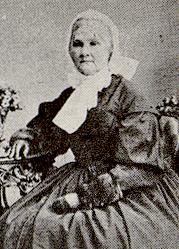
Margaret Louisa Kempe Howell was an American heiress, planter, and slaveowner who was the mother of Confederate First Lady Varina Davis and mother-in-law of Confederate President Jefferson Davis. Upon her marriage to the son of New Jersey Governor Richard Howell, her father granted her a dowry of sixty slaves and two thousand acres of land in Mississippi. She and her husband faced financial difficulties throughout their lives and depended on the support of her family. After their plantation was seized by creditors, they rented a mansion known as The Briars from John Perkins Sr. Following the American Civil War, Howell fled to Canada, where she died.
First Lady of the Confederacy: Varina Davis's Civil War is a 2006 book by Joan E. Cashin, published by Harvard University Press. Its subject is Varina Davis.


















